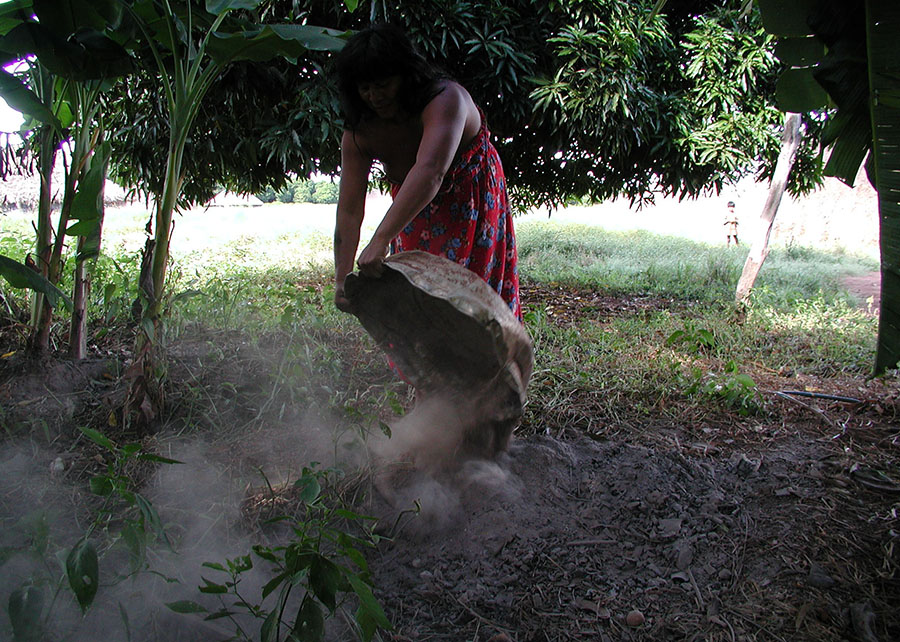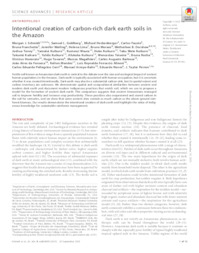Dark earths help to confirm ancient human presence in the Amazon region
Dark earths help to confirm ancient human presence in the Amazon region
Photo: Morgan Schmidt

Anthropic soils have become fertile and with high carbon stocks, providing material that increases microbial biodiversity. In the photo, soil sample collection in the Ipatse village (Kuikuro) in 2018
|
A paper published in the journal Science Advances presents clues to human presence in the pre-Columbian Amazon thanks to the occurrence of the so-called Amazon Dark Earths (ADEs) elaborated by traditional peoples of the region as a fertile substrate for plantations. “The current population still uses the old sites. They descend from the previous peoples and continue with practices that result in anthropic soils (i.e. soils that are modified by man), the so-called Amazon Dark Earths, intentionally creating fertile soil ", reveals archaeologist Morgan Schmidt, from the Federal University of Santa Catarina (UFSC), Laboratory of Interdisciplinary Studies in Archaeology, first author of the work. He points out that, in the Upper Xingu region, there is evidence that dates back to five thousand years ago, most dating back between 500 and 1,200 years. In the Carajás mountain range, in Pará, there are findings dating back to 11,800 years ago, and there is ancient dating for the Upper Tapajós river as well.
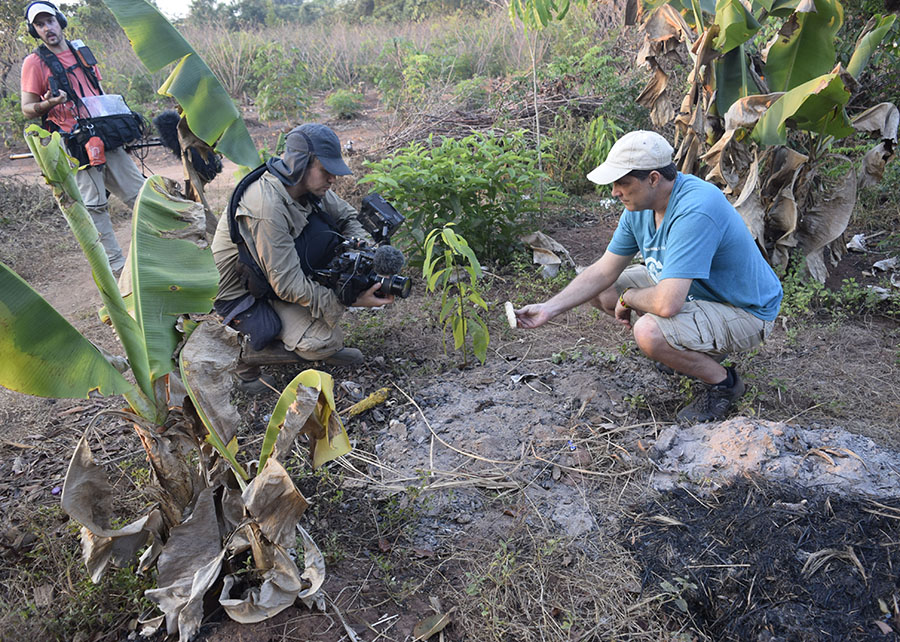 The Embrapa Soils researcher Wenceslau Teixeira, co-author of the paper, says that several analyzes were performed, especially in archaeological sites in the Xingu Indigenous Territory, where there are ancient village sites and indigenous residents. The work was done with the Kuikuro, the ethnic group with the largest population in the Upper Xingu. In this territory, ancient Amazonian Dark Earths were found, remnants of a settlement that was set there more than a thousand years ago. Even today, in the same place, there is a population in the process of forming new fertile soils through the management of waste (especially organic waste), which is charred and burned.
The Embrapa Soils researcher Wenceslau Teixeira, co-author of the paper, says that several analyzes were performed, especially in archaeological sites in the Xingu Indigenous Territory, where there are ancient village sites and indigenous residents. The work was done with the Kuikuro, the ethnic group with the largest population in the Upper Xingu. In this territory, ancient Amazonian Dark Earths were found, remnants of a settlement that was set there more than a thousand years ago. Even today, in the same place, there is a population in the process of forming new fertile soils through the management of waste (especially organic waste), which is charred and burned.
The paper also had an anthropological approach. In conversations with the indigenous people, it was found that they use one word for the Dark Earths made by their ancestors and another word to refer to the ones they are currently producing.
The paper had contributions of scientists from different areas of knowledge, such as soil science, which had the participation of Embrapa and the University of São Paulo Luiz de Queiroz College of Agriculture (Esalq/USP) for the analysis of soil carbon content. "It also counted on archaeologists and anthropologists, with studies that involved the participation of indigenous people, analyses of the people, way of life, and soil, and interpretations of the occupation of the village, arousing further interest," Teixeira explains.
He reports that the evidence points to the past existence of dense and complex populations in that Amazon region. At the core of the debate is the occurrence of anthropic soils that have become fertile and with high carbon stocks, which provides material that stimulates the growth of plant roots and increases the biodiversity of microorganisms in the soil.
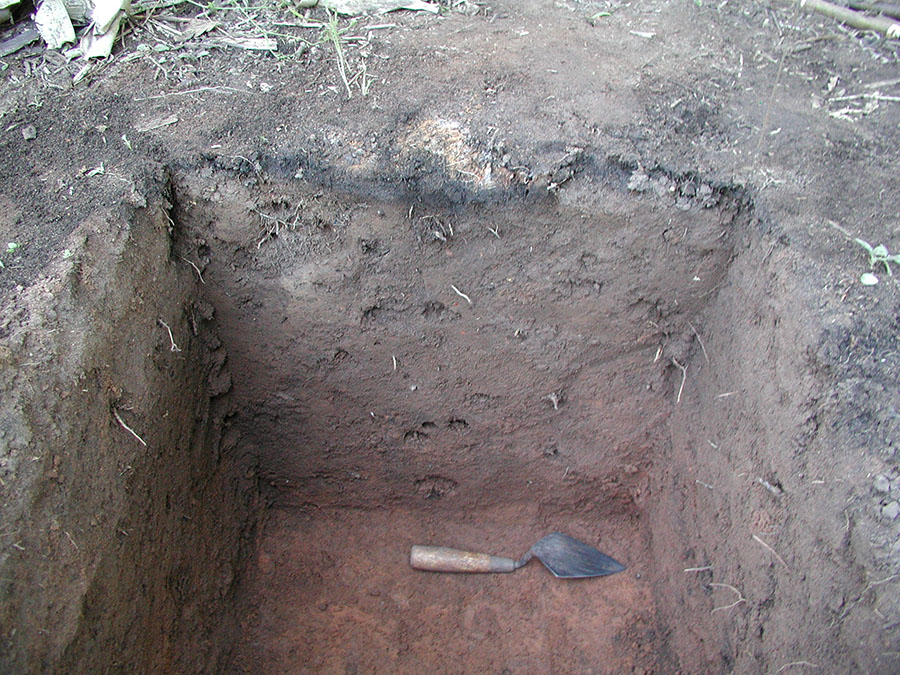 According to researchers' estimates, in the northern region of Brazil, the Amazonian Dark Earths (ADEs) take up extensive areas such as those found in Santarém, Pará, and in Iranduba, Amazonas. Possible sources of nutrients include bones, animals, fish, ashes, mulch, rinds, and even human excrement. It is believed that the secret to its fertility is the mix of ashes, animal and plant remains, and charcoal. When compared to the adjacent soil, ADEs show higher stocks of carbon, phosphorus, calcium, manganese, and strontium.
According to researchers' estimates, in the northern region of Brazil, the Amazonian Dark Earths (ADEs) take up extensive areas such as those found in Santarém, Pará, and in Iranduba, Amazonas. Possible sources of nutrients include bones, animals, fish, ashes, mulch, rinds, and even human excrement. It is believed that the secret to its fertility is the mix of ashes, animal and plant remains, and charcoal. When compared to the adjacent soil, ADEs show higher stocks of carbon, phosphorus, calcium, manganese, and strontium.
“If there were the Aztecs in Mexico, the Mayans in Central America, why wouldn't there be a dense population in the Amazon? Around here there were no [vestigial] stones of pyramids or temples, but we can say that Dark Earth is evidence of this presence," Teixeira observes. The researcher explains that, in order to change the soil to the vast extent in which it was found, many people presumably occupied the place for a long time. "Hence ADE has an important role in this debate, as it is a type of soil that takes on the role of an artifact, as proof that there were great civilizations in the Amazon," the Embrapa researcher states.
Anthropic soils are not a phenomenon that is restricted to the Amazon, but the occurrence of ADEs in little fertile latosol (oxisol) and argisol areas is a remarkable example of man-made modification. "A positive aspect of this debate is that you have an example of civilization that did not just destroy the environment; on the contrary, they managed the soil and left a legacy for the next generations," Teixeira says.
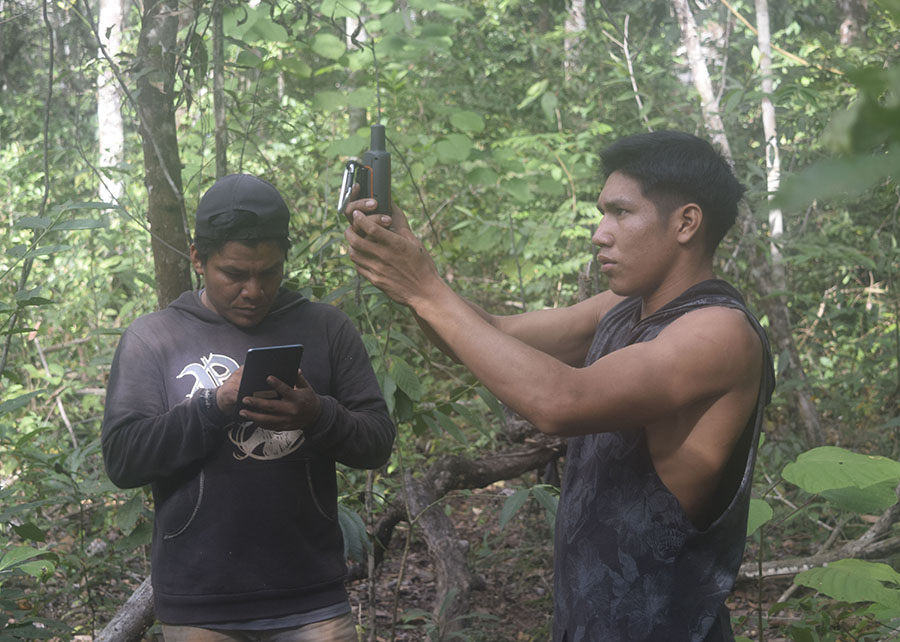 Participation of indigenous people in the study
Participation of indigenous people in the study
In order to understand the phenomenon of the establishment of ADEs, the participation of representatives of the Kuikuro people who inhabit the Xingu Indigenous Territory was fundamental. Seven members of the Kuikuro indigenous community are also coauthors of the paper. “We usually have more exchanges with our peers, but for complex issues, we need to join other groups. I am glad that Embrapa is participating in such debates with plural participation," Teixeira remarks.
The researcher believes that the rescue of ancestral knowledge and current soil management practices of indigenous populations can point to strategies and directions for the management of the very own Amazon region. “We have to learn from the sustainable practices of Brazil's indigenous peoples to help manage and preserve the many riches of the Amazon region such as biodiversity, cultural diversity, water, and historical heritage. The technology of using charcoal as a soil conditioner (biochar) was developed based on knowledge from ADE studies, indicating a path to be followed", the Embrapa scientist exemplifies.
Carlos Dias (MTb 20.395/RJ)
Embrapa Soils
Press inquiries
solos.imprensa@embrapa.br
Phone number: +55 21 2179-4578
Translation: Mariana Medeiros (13044/DF)
Superintendency of Communications
Further information on the topic
Citizen Attention Service (SAC)
www.embrapa.br/contact-us/sac/

